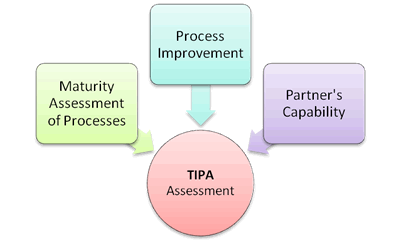We can have two types of feedback: Negative feedback and Positive feedback.
We can provide feedback to our students orally and written. One way to give feedback in an oral way is trough Improvement comments. Personally, I like this technique because it avoids any grading or scoring of work and concentrates on the success and improvements in the areas we are going over. But we also can give feedback in a written form. Written feedback has the advantage that the student can refer to it over and over again. With oral feedback, students usually forget what they have been said.
Some characteristics of good feedback are:
1. Tangible and Transparent
2. Goal-Referenced
3. User-Friendly
4. Consistent
"Feedback is the breakfast of champions"
- Ken Blanchard

